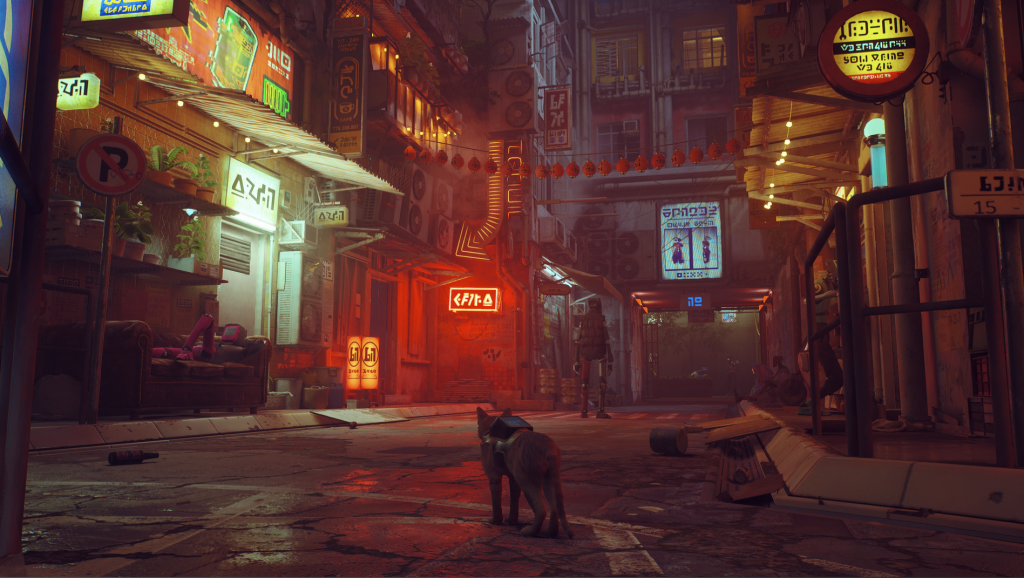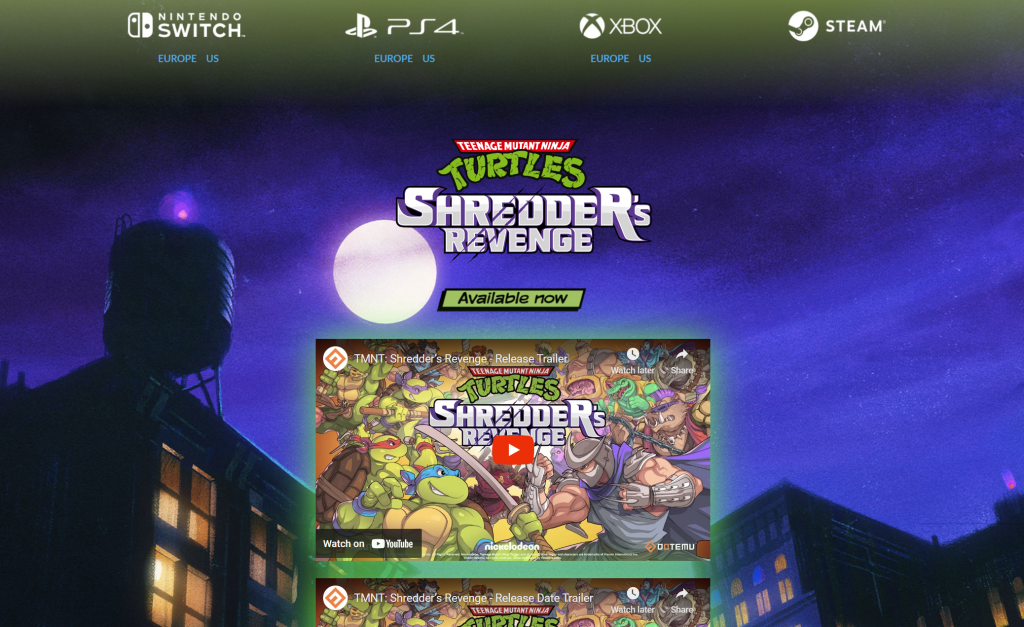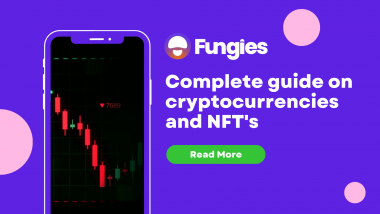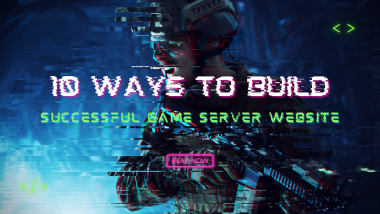The indie gaming industry has experienced remarkable growth over the years, thanks to the creative and innovative game developers who dare to challenge the norms of the mainstream gaming industry. As we look towards the future, it is essential to understand the evolving landscape of indie gaming and the diverse demographics it encompasses. In this article, we will explore the future of indie game developers and how they can cater to heavy indie gamers, casual indie gamers, and traditional gamers. Additionally, we will discuss the demographics of indie gamers, the key features that attract players to indie games, the most popular genres among indie gamers, pricing strategies, distribution channels, and the significance of websites for selling games directly to players.
Despite the numerous challenges faced by indie game developers in terms of development, launch, and growth, the indie game genre and its audience have experienced remarkable year-over-year growth. In 2022, the number of players in the United States alone increased fourfold compared to the previous period. This surge in popularity showcases the appeal and demand for indie games.
Indie game developers operate on vastly different budgets compared to large enterprise studios. The average cost of producing a mid-sized indie game typically falls between $100,000 and $500,000, while AAA titles require budgets ranging from $60 million to $80 million. Despite this significant disparity, indie titles have managed to achieve sales figures comparable to modern AAA hits.
For instance, between 2017 and 2022, Horizon Zero Dawn sold over twenty million copies across consoles (PS) and PC. Stardew Valley, a popular indie game, accumulated over twenty million sales from 2020 to 2022 alone. These numbers demonstrate the remarkable success that indie games can achieve.
So, what can we learn about Heavy Indie Gamers, the devoted followers of indie games?
- Heavy Indie Gamers also appreciate AAA titles, showcasing a diverse gaming taste.
- Younger audiences particularly enjoy the authentic experiences offered by indie games, often favoring them over offerings from large enterprise studios.
- Their “perfect game” typically consists of a single-player, open-world Action or RPG indie game like Terraria or Stardew Valley. They gravitate towards games that provide a long, immersive experience, ranging from 20 to 100 hours of gameplay.
- The most popular platforms among Heavy Indie Gamers are PC (85%) and PlayStation (67%). However, they dedicate the majority of their weekly playtime to PC (5.5 hours) and the Nintendo Switch (4 hours).
- Heavy Indie Gamers are not inclined towards socializing within games, which explains their relatively lower interest in sports or racing games typically played with others.
- Heavy Indie Gamers choose games based on personal connections and experiences. Nostalgic games attract 55% of this demographic, and 54% make in-game purchases to personalize their gameplay.
- Heavy Indie Gamers tend to spend twice as much money on games annually compared to Traditional Gamers ($405 vs. $195), and this expenditure continues to grow. In 2021, 37% of Heavy Indie Gamers spent more money on games than in the previous year.
- Independent game enthusiasts express a remarkably high level of satisfaction with their purchasing experience, with 91% of respondents reporting satisfaction with their last purchase. This finding highlights the thoughtful nature of their purchases, as they seek precisely what they desire in a game.
- Influencer marketing proves to be the most effective way to reach the indie gaming audience. Survey respondents indicate a higher likelihood of utilizing platforms like YouTube and Twitch for game-related content.
- Indie game publishers/developers may find it challenging to establish a distinct identity in the eyes of players. This suggests that projects from new studios have an equal opportunity to succeed, as players are open to exploring offerings from previously unknown developers.
In conclusion, the rise of indie game developers presents a compelling counterpoint to the formulaic nature of AAA games. Despite operating on limited budgets, indie games have captured the hearts of gamers, resonating with younger audiences seeking authentic experiences. Heavy Indie Gamers exhibit distinct preferences, spending habits, and levels of satisfaction, indicating the unique nature of the indie gaming community. As the industry continues to evolve, indie game developers have a significant role to play in shaping the future of gaming.

To understand the preferences and behaviors of different segments within the gaming community, a research study was conducted by XSolla. The study aimed to identify and categorize three distinct groups: Heavy Indie Gamers, Casual Indie Gamers, and Traditional Gamers. The methodology involved analyzing their gaming habits, level of engagement with indie games, and their attitudes towards gaming.
- Heavy Indie Gamers: This group was defined as individuals who had played five or more indie games in the past twelve months. They demonstrated a strong passion for indie games and actively sought out new releases. Heavy Indie Gamers considered gaming to be a fundamental part of their identity, dedicating more than five hours per week to playing PC games.
- Casual Indie Gamers: Casual Indie Gamers were characterized as individuals who had played one to four indie games within the past twelve months. This segment was not actively seeking out indie games but occasionally came across them. Compared to the Traditional Gamers segment, Casual Indie Gamers exhibited a higher level of engagement in gaming.
- Traditional Gamers: The Traditional Gamers segment comprised individuals who had played one or more AAA or AA games in the past year but had not played any indie games. For this group, gaming was not a central aspect of their identity but rather an optional leisure activity. On average, Traditional Gamers spent approximately three hours per week playing games.

In the study, it was found that among the researched user segments, Heavy Indie Gamers were the most appealing audience for indie developers. This group had a strong connection to gaming as part of their identity and held a deep respect for the challenges faced by independent developers and studios. They dedicated over five hours per week to playing games and actively sought out the latest game releases.
By categorizing gamers into these distinct segments, the research aimed to provide insights into the preferences and behaviors of Heavy Indie Gamers, Casual Indie Gamers, and Traditional Gamers. These findings can be valuable for indie developers seeking to understand their target audience and tailor their strategies accordingly.

I. Demographics of Indie Gamers
Heavy Indie Gamers display a diverse gaming interest, not limiting themselves solely to indie games but instead exploring a wide variety of titles. In fact, more than 35% of Heavy Indie Gamers enjoy playing games across different genres. While they appreciate a broad range of games, their most popular genres include Open-World, RPG, FPS, and Action-Adventure.

Similarly, Casual Indie Gamers exhibit preferences in line with Heavy Indie Gamers when it comes to their top genres, although they show a slightly lower inclination towards RPG games.
When analyzing the most played genres among Indie Gamers in the United States, the United Kingdom, and Germany, a significant overlap is observed. FPS and Open-World Action titles consistently emerge as the top genres in all three countries. The only variation lies in the third-place position, with Action-Adventure games ranking third in the UK and the US, while RPGs hold that spot in Germany.

Before delving into the future of indie game developers, it’s important to identify the demographics of indie gamers. While indie games have a broad appeal, they often attract specific demographics, including:
- Young Adults: Indie games tend to resonate with young adult gamers aged 18-34. This demographic appreciates unique gameplay experiences, artistic visuals, and innovative storytelling.
- Niche Communities: Indie games often target niche communities, such as LGBTQ+ gamers, who seek representation and inclusivity in their gaming experiences. Similarly, indie games may cater to players interested in specific genres like horror, puzzle-solving, or retro-style games.
- Mobile Gamers: With the rise of mobile gaming, indie game developers have attracted a substantial audience of mobile gamers who enjoy on-the-go entertainment.
- PC Enthusiasts: Indie games are also popular among PC gaming enthusiasts who appreciate the flexibility and customization options provided by the platform.

II. Key Features to Attract Gamers
Indie Gamers exhibit a strong preference for games that offer extensive options, expansive worlds, and the opportunity for immersive, long gaming sessions. They particularly value the ability to customize characters to suit their individual tastes and preferences.

When it comes to game features, both Heavy and Casual Indie Gamers share a common appreciation for immersive narratives within expansive indie game experiences. They prioritize storylines, followed by levels, world design, and settings. These preferences reflect their desire to escape reality and engage in exploration and world discovery. As a result, studios developing adventure, open world, metroidvania, and sandbox titles with vast and immersive worlds are well-positioned to capture the attention of these audiences.
In terms of visual aesthetics, Indie Gamers show a stronger preference for stylized art over realistic graphics. Among Heavy Indie Gamers, Hollow Knight emerges as the top favorite, while Casual Indie Gamers lean towards favorites like Teenage Mutant Ninja Turtles.
Regarding gaming platforms, Heavy Indie Gamers primarily utilize PCs, followed by PlayStation consoles. Although a smaller percentage of Heavy Indie Gamers own a Nintendo Switch compared to PlayStation, those who own a Switch tend to spend more time playing games on it than their PlayStation counterparts.

To stand out in the competitive indie gaming market, developers must incorporate captivating features into their games. Here are ten essential features that indie games should possess to attract gamers:
- Unique Art Style: Engaging visuals that demonstrate artistic creativity and set the game apart from mainstream titles.
- Compelling Storytelling: Well-crafted narratives that captivate players and evoke emotional responses.
- Innovative Gameplay Mechanics: Introduce fresh and original gameplay mechanics that provide a unique and immersive experience.
- Player Choice and Agency: Offer meaningful choices and consequences that allow players to shape the game world according to their preferences.
- Replayability: Include elements that encourage players to replay the game, such as multiple endings, branching storylines, or procedurally generated content.
- Challenging Difficulty: Provide a balanced level of challenge that appeals to both casual and hardcore gamers.
- Sound Design: High-quality audio, including immersive soundscapes and a well-composed soundtrack, to enhance the player’s experience.
- Player Engagement: Incorporate features that foster community engagement, such as online leaderboards, social sharing, or multiplayer options.
- Regular Updates: Support the game with post-launch updates, bug fixes, and additional content to maintain player interest and satisfaction.
- Accessibility Options: Consider including accessibility features to cater to a wider audience, such as customizable controls, colorblind modes, or subtitles.

One of the reasons Heavy Indie Gamers are drawn to indie titles over AAA games is the broader appeal and formulaic nature often found in prominent brands. AAA games tend to follow a more predictable pattern, driven by well-established franchises. In contrast, indie games are created by smaller studios that prioritize player intelligence and cater to the preferences of their dedicated audience. For example, FromSoftware’s Elden Ring, the developer’s most successful title to date, has attracted a significant number of indie players. Hundreds of thousands of devoted gamers regularly watch others play the game on platforms like Twitch. Interestingly, critics have criticized Elden Ring’s unorthodox UI, but its fans adore its unique design, which deviates from the style of most modern open-world titles. This further highlights how indie developers are more willing to create games that present new and challenging gameplay designs while taking risks with unique stories.
Based on our research, here are some consumption patterns and key takeaways for building a stronger rapport with Heavy Indie Gamers:
- Skills over Socialization: Heavy Indie Gamers are highly engaged in the gaming process and prioritize skill-based experiences over social interaction. Over 50% of Heavy Indie Gamers choose games that allow them to confirm their mastery of established skills, experience the flow of improving new skills, and spend time strategizing. Games like Risk of Rain 2, Dead Cells, and Hollow Knight exemplify this approach by bending the rules to satisfy their audience.
- Relaxation and Unwinding: Games that help Heavy Indie Gamers destress and unwind after a long day are preferred. A significant majority (78%) of Heavy Indie Gamers consider this the top motivation when choosing a game, followed by 73% of Casual Indie Gamers and 65% of Traditional Gamers.
- Gaming as Identity: Gaming has become a significant part of Heavy Indie Gamers’ overall identity. They express this through character customization and immersive experiences. In contrast, Traditional Gamers view gaming as one of many activities they enjoy.
- Play, Watch, Repeat: Heavy Indie Gamers watch game streams more frequently than other gamer categories. A majority of this group regularly enjoys viewing pre-recorded gameplay videos (76%) and live game streams (72%).
- Visceral Motivation: Immersing themselves in captivating stories and exploring game worlds are key motivations for all Indie Gamers. The narrative and depth of the game universe are significant factors when choosing a game, particularly for 75% of Heavy Indie Gamers and 74% of Casual Indie Gamers.
- Nostalgia and Single-Player Appeal: Over half (55%) of Heavy Indie Gamers are driven by feelings of nostalgia, leading them to revisit games from their past. Single-player games hold immense appeal for this group and are purchased in significant quantities. Games like Teenage Mutant Ninja Turtles: Shredder’s Revenge, which sold one million copies in less than a month, tap into this sentiment.
- Drivers for Gameplay: When choosing to play a game, Heavy Indie Gamers are primarily motivated by creativity (40%), relaxation and imagination (35%), as well as feelings of adventure, exploration, and immersion within the story. Around 25% of Heavy Indie Gamers enjoy the challenge that games provide.

Understanding these preferences and motivations can help developers better cater to the needs and desires of Heavy Indie Gamers, fostering a stronger connection with this audience.
III. Top 5 Genres Popular Among Indie Gamers
While indie games span a wide range of genres, certain genres tend to be particularly popular among indie gamers. The top five genres enjoyed by indie gamers include:
- Platformers: Classic platforming games that emphasize precise controls, exploration, and traversal through diverse levels.
- Adventure and Point-and-Click: Story-driven games that focus on puzzle-solving, exploration, and character development.
- Role-Playing Games (RPGs): Indie RPGs often offer deep storytelling, character customization, and immersive worlds that rival those of mainstream titles.
- Roguelikes and Roguelites: Challenging games featuring procedurally generated levels, permadeath, and incremental progression.
- Metroidvanias: Games inspired by the Metroid and Castlevania series, combining exploration, platforming, and nonlinear gameplay.

IV. Pricing Strategy and Distribution Channels
Indie game developers face crucial decisions regarding pricing and distribution to maximize their game’s visibility and revenue. The following strategies and channels can help indie developers reach their target audience effectively:
- Competitive Pricing: Indie games often adopt a more affordable pricing structure compared to AAA titles, attracting budget-conscious gamers.
- Limited-Time Discounts: Offering periodic discounts or participating in platforms like Steam’s seasonal sales can boost sales and attract new players.
- Bundling: Collaborating with other indie developers to offer game bundles can provide exposure and increase the perceived value for players.
- Early Access: Releasing a game in Early Access allows developers to gather player feedback, build a community, and refine the game before the full release.
- Distribution Platforms: Indie developers can leverage popular digital distribution platforms such as Steam, GOG, Epic Games Store, and itch.io to reach a wider audience.
V. Selling Games Directly through Websites:
Websites play a significant role in the success of indie game developers as they provide a direct channel to sell games and engage with players. Here are a few reasons why websites are essential:
- Control and Independence: Having a website enables indie developers to maintain control over their distribution, monetization, and updates without relying solely on external platforms.
- Personalized Branding: A website allows developers to showcase their unique brand identity, including artwork, developer diaries, and community forums.
- Direct Communication: Websites provide a direct channel for developers to interact with players, gather feedback, and build a dedicated fan base.
- Monetization Opportunities: Developers can monetize their websites through game sales, merchandise, and additional content, providing additional revenue streams.
- Flexibility and Adaptability: Websites allow developers to experiment with different marketing strategies, pricing models, and promotional campaigns to attract players.

Conclusion
The future of indie game developers holds immense promise as they continue to captivate a diverse range of gamers through their unique and innovative creations.

By understanding the demographics of indie gamers, incorporating key features that attract players, focusing on popular genres, implementing effective pricing strategies, leveraging distribution channels, and utilizing websites as a direct sales channel, indie developers can thrive in the dynamic landscape of the gaming industry. As technology advances and creative boundaries are pushed further, indie game developers will undoubtedly play a vital role in shaping the future of gaming.





